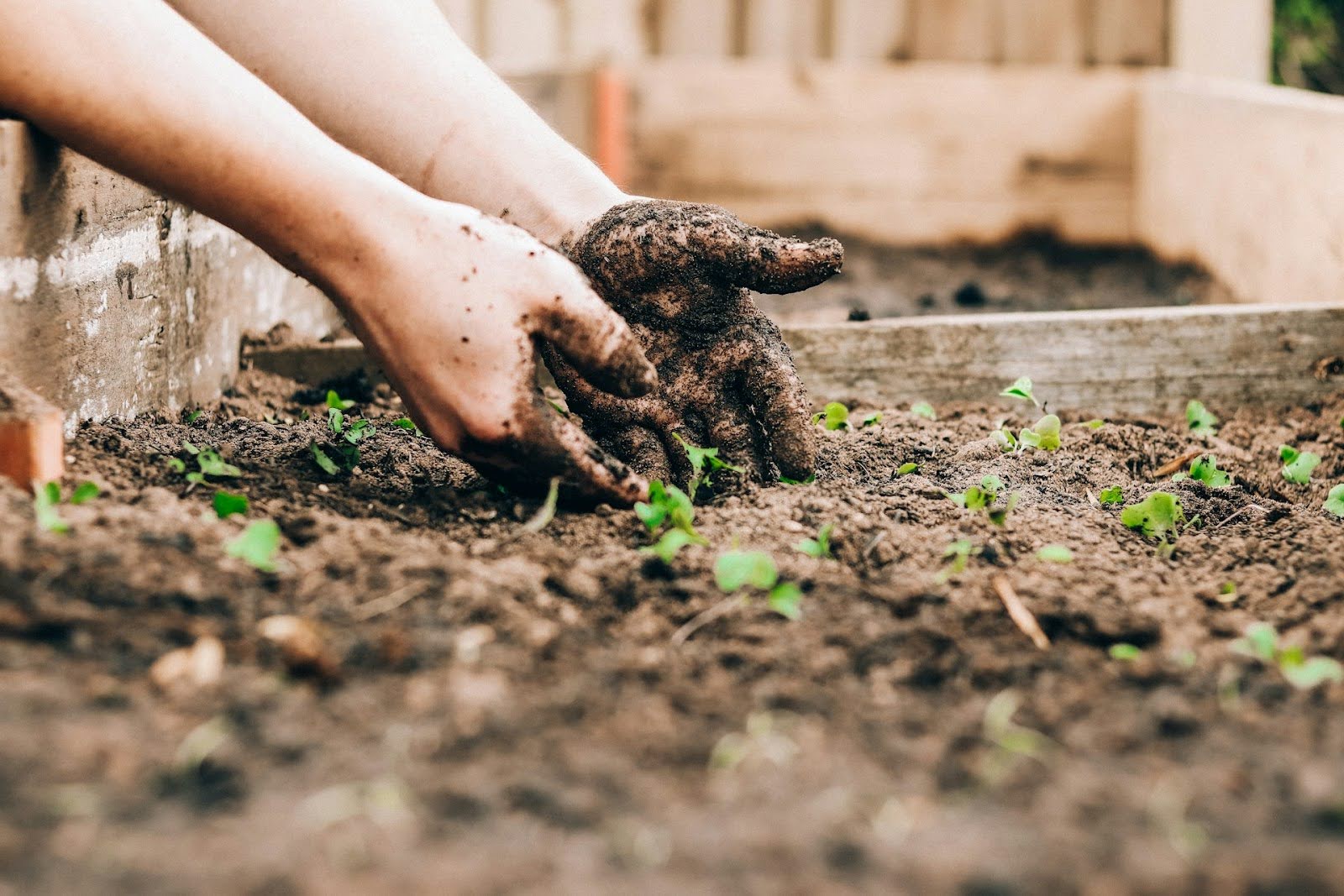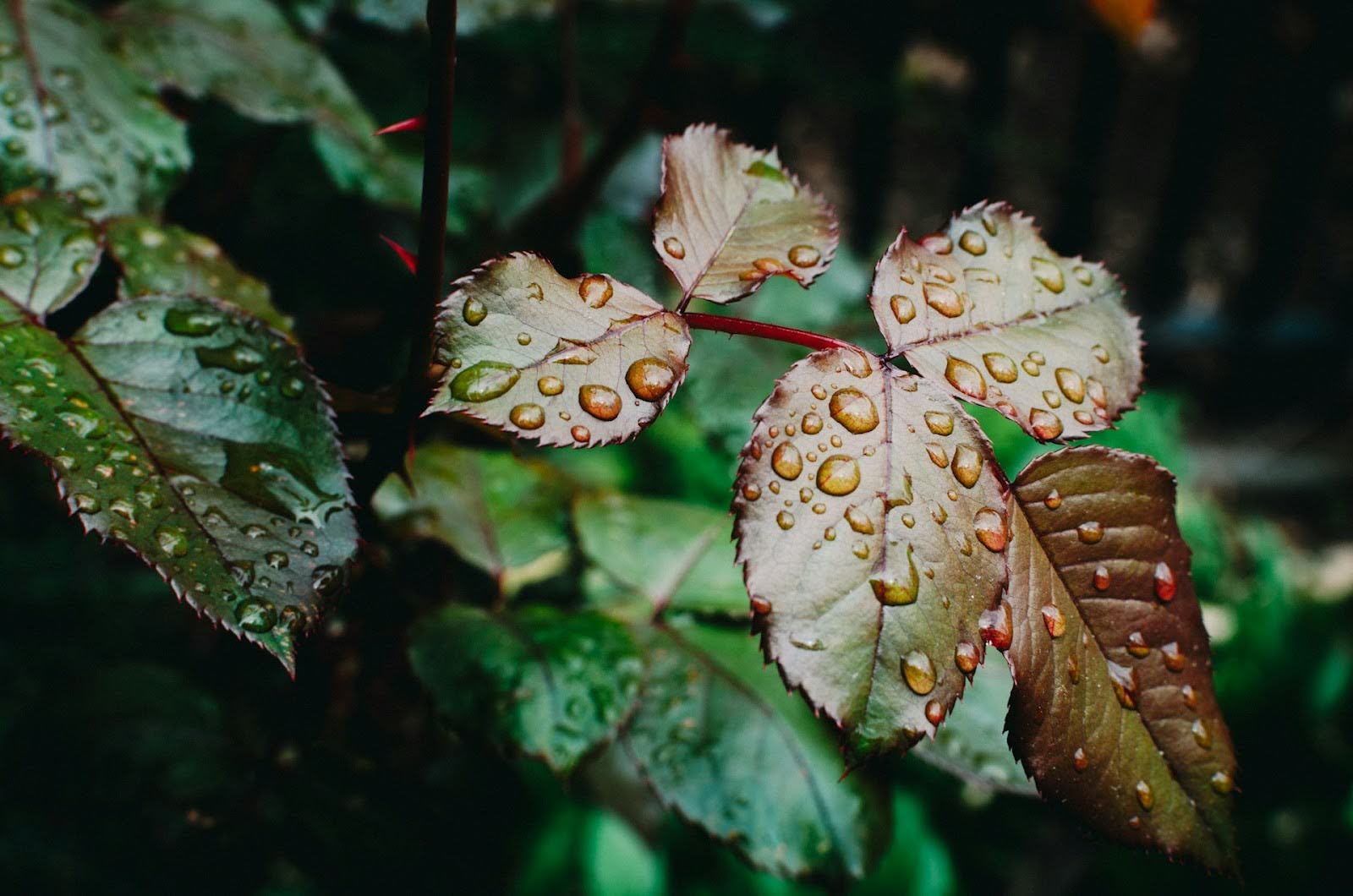
The rainy season can be a relaxing time for some people. But for others, it poses challenges, especially for those who love caring for plants. As you know, the environment is unstable, so it’s hard to rely mainly on predictions.
For instance, although it has been announced that there’s heavy rainfall in your area, you may not be sure about how long it’s going to take before the rain stops. This is one of the reasons why you should prepare your garden as the rainy season approaches.
1. Assess the Drainage
Although water is good for plants, having too much of anything can still cause damage. So, before the rainy season starts, make sure your drainage is working well to prevent water from overflowing. On the other hand, if the plants are flooded with water, there’s a higher chance that they won’t survive.
When assessing the drainage, you should clean the gutters, and ensure they’re working well, and the excess water easily flows. If your drainage isn’t working well, fix it properly and immediately to avoid having problems once the rainy days begin.
2. Prepare the Soil
Another thing you should prepare is the soil. As you know, if the soil has been exposed to too much water, it can also damage the plants. Fortunately, preparing the soil in advance can prevent further damage caused by too much rain.
Some of the things you can do when preparing your soil include adding organic mulch, modifying with organic matter (like manure or compost), and don’t forget to take a soil test to assess and find out the best solutions.
3. Choose the Right Plants
Choosing plants that love rain can also be a great idea. Since they can adapt to having a regular heavy supply of water, you don’t have to worry about them too much. Some of the options include ferns and other perennial plants. Usually, these types of plants can survive in too much water and can easily adjust to the local weather.
So, whether your place is located in a moist area or the rainy season can be too much, you should pick plants that don’t need too much attention. Additionally, when planting, avoid overcrowding since it can create moulds and other diseases.

4. Protect Weak Plants
Do you have vulnerable plants? Ensure that they have enough support so they won’t snap or fall once the rain starts to fall. You can use twigs or other study sticks to support stems and branches.
Another option is to use raised beds. However, you should ensure that there’s proper drainage for every raised bed you have to avoid losing all the plants in a bed.
Push a metal or wooden support into the soil and gently tie the plant to it. This will prevent it from snapping and protect it from any physical damage.
5. Check the Trees
Aside from the plants, you should also prepare the trees for rainy days. You can hire an arborist to prune and check the tree’s health. It’s best to remove the weak tree branches before the rainy season so that they won’t damage the plants below them.
Meanwhile, if you’re not planning to hire an arborist and would like to prune the tree by yourself, make sure to have the right tools, and that you know how to prune properly.
6. Store Rainwater
Rainwater is usually more nutritious than tap water when used in plants. So, before the rainy days come, set up some barrels or pails to collect the rainwater. Once the rainy days are over, you can use the collected rainwater to irrigate your plants.
Aside from the nutrients rainwater contains, it can also be a sustainable practise you can apply to your garden.

7. Plan for Heavy Rains
If you encounter uncontrollable heavy rains, you should have a backup plan. You can secure a tarp to cover the plants, dig up some swales, and secure the area from soil erosion. If your area is a bit levelled, building walls can prevent the soil from erosion and keep your plans away from damage.
8. Prepare Your Lawn
Of course, aside from your garden, you should also take some time to prepare your lawn for heavy rains. When doing so, you can plant more grass seeds, apply balanced fertilisers, and add a layer of mulch. These tips can add more protection to your law, especially when heavy rains fall.
Final Thoughts
Before the rainy season comes, preparing your garden and lawn should be on your list. By following the tips, such as assessing the drainage, preparing the soil, choosing the right plants, checking the trees, storing rainwater, planning for heavy rains, and preparing your lawn, you can ensure that your plants will survive.
We hope this article helps you plan for the rainy season. If you want to add more to this list, don’t hesitate to comment below!
ABOUT THE AUTHOR
Aliana Baraquio is a web content writer working for Sydney Tree Solutions, a company that provides tree removal and arborist services throughout Sydney. As a writer, she is passionate about providing good quality articles that help readers make the right choice.